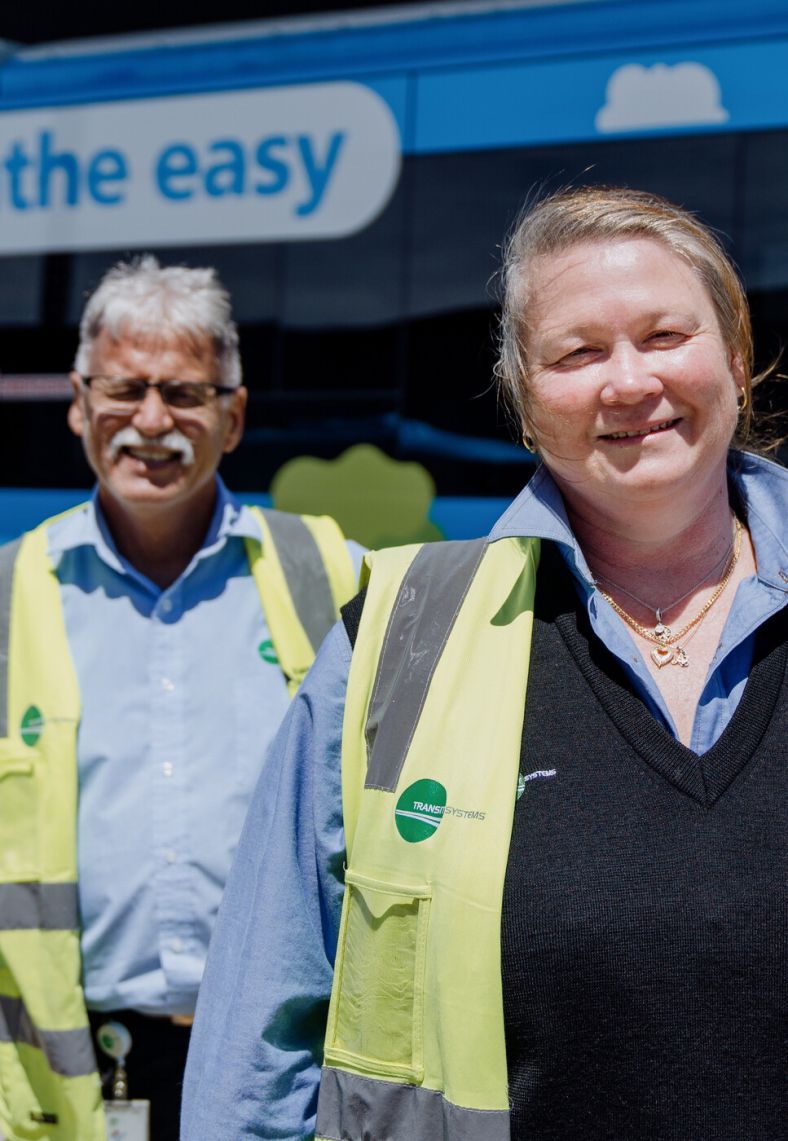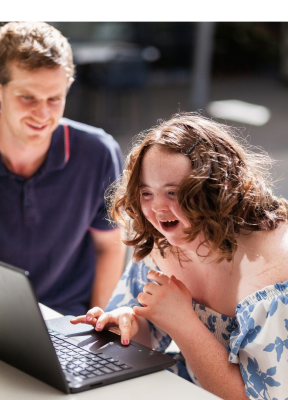Download or print
Request accessible format of this publication.

Gender-responsive budgeting involves applying a gender lens to decision-making and the budget process in order to progress gender equality. Various practices sit under the umbrella of‘gender- responsive budgeting’ including gender budget statements and gender impact assessments. Approximately half of OECD countries have adopted some form of gender-responsive budgeting, as have most Australian jurisdictions.181
This is the second NSW budget statement focused on women and gender issues. Gender budget statements are a useful tool to promote accountability and transparency in resource allocation.

Gender impact assessments examine how a proposed policy, program or project may have different impacts on people based on their gender; this includes women, men and gender-diverse people.
Gender impact assessments can improve government interventions by embedding gender equality considerations into policy design and implementation.

Gender Equality Action Plans are being piloted by some NSW Government agencies including NSW Treasury. Gender Equality Action Plans aim to address gender inequality by ensuring NSW Government agencies proactively champion gender equality in their workforce strategies, and when developing and delivering policies, programs, services and legislation.
Together, Gender Equality Action Plans and gender impact assessments can help shift the way policymakers think about policy design and service delivery to better address the needs of all people in New South Wales.
Request accessible format of this publication.